(July 14, 2023) More than three decades back when Raj and Bina Sharma landed in Maine, the northeastern state of the United States for a vacation, little did they know that it would soon become a place that they would be calling home. Over the years, the couple established three restaurants there and today their customers span three generations of diners. The Indian-origin entrepreneurs are now an integral part of the Maine community and are famous for owning the oldest Indian restaurant in the area – Bombay Mahal.
“We opened Bombay Mahal in 1991 the oldest Indian restaurant in Maine located in Brunswick, alongside two other restaurants – Tandoor in Portland, and Taste of India in Bangor. We sold the other two over the years and have held onto the Bombay Mahal,” Raj Sharma tells Global Indian. The restaurant which serves North Indian food has won numerous popularity awards and has been featured in various renowned publications including USA Today. Apart from in-house dining, Bombay Mahal hosts and caters to events, and serves food at festivals.

Raj and Bina Sharma
Introducing Indian cuisine to Maine
Back then, Mainers weren’t familiar with ethnic cuisine and there weren’t many immigrants running businesses in the state either. Raj and Bina fell in love with the place on their vacation and decided to introduce it to the foreignness of Indian cuisine – finding it to be a good USP of their entrepreneurial venture. With Raj’s background in working in the food industry, the entrepreneurs tasted success in their businesses.
“When Bina and I moved to Maine in 1990 from Europe, it was a big move and we were shocked at how little Americans knew about India, even when Indian food was already famous in other parts of the world like England and Germany,” Raj says. A lot of people in Maine had never tasted Indian food and were scared to try it, fearing it to be too spicy and something too foreign for what they were used to.”
People would research before they came into the restaurant about what dishes they wanted or would pose a lot of questions to the staff on how a certain dish was prepared and which types of spices were being used. “To them, India was so foreign and different, they didn’t know anything about us and our culture,” Raj says.
Over time, the entrepreneurs managed to gain a lot of attention from the community and media due to the unique flavours that they were offering on the platters of the locals.
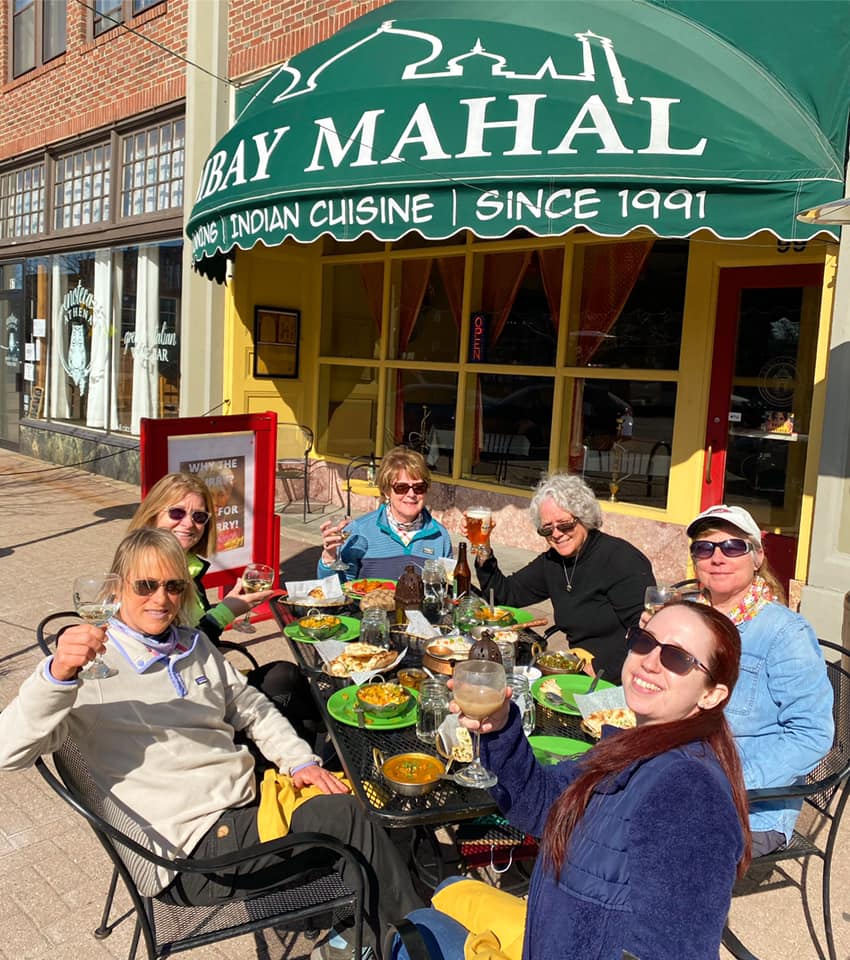
Bombay Mahal
Bombay Mahal’s journey
In the 32 years of Bombay Mahal’s journey, the décor and menu have undergone some changes but otherwise, everything largely remains the same, including the challenges.
“The restaurant is in the same location and just like any hospitality business, staffing is always an issue. It’s even harder when you are looking for desi curry cooks, tandoori bread chefs, and Hindi or Punjabi speaking staff to relocate to a small and less populated US state like Maine,” Raj says.
“Staffing challenges are part and parcel of the restaurant business and on top of that even harder when you’re located in a part of the world where there isn’t that large of a desi community,” he adds.
Immigration stories
Like numerous immigrants to the United States, Raj and Bina arrived with their own unique stories fuelled by a desire to explore the world beyond their homelands. Raj was born and raised in Punjab while Bina grew up in Mombasa, a city in East Africa. After completing his culinary studies, Raj felt an eagerness to venture beyond the borders of India and experience what the world had to offer. With a loan of $500 from his parents’ agricultural business, he embarked on a journey that took him through various kitchens across countries such as the Netherlands, Germany, Italy, France, and Canada. Along the way, he encountered a whole new universe of cuisine, culture, and hospitality.
Bina’s ancestors had left India generations ago due to British occupation and settled in Tanzania, where her mother was born. Subsequently, the family moved to Kenya, driven by a combination of factors – better opportunities and increasing political pressures in Africa. Raj and Bina entered a traditional arranged marriage in London before settling in Cologne, Germany, where they lived for almost a decade until the Berlin Wall fell in 1989.
Over time, they became parents of three sons. It was during a family vacation in Maine that they discovered the breathtaking beauty of Acadia National Park and the coastal charm of Portland, ultimately falling in love with the region.
View this post on Instagram
No matter where Raj and Bina have lived over the years, they have always made efforts to understand the local language and respect the local culture without undermining their own. “We both are very much in touch with India and especially our Punjabi culture.”
“We both grew up speaking Punjabi and Hindi and India will always be part of our identity. India is also the land which is the cornerstone of Bombay Mahal and all the other restaurants we’ve had over the years with a cuisine which is now becoming more popular in America,” says Raj.
Raising Global Indians
Despite being half a world away from their countries of origin, the couple has firmly planted the seed of love and respect for their Indian roots in the minds of the three sons who were born outside India – two in Germany and one in the UK. “It was very important for us to raise our three boys to fluently speak Punjabi and have a deep connection and understanding of what it means to be an NRI,” says Raj.
“We have told our kids – no matter where you go in the world, never forget your country of origin and keep the attitude to succeed and work hard to have more than what you came with. Ours is the global story of how immigrants, especially desi people are adapting to new cultures despite being rooted in their culture and doing well in so many countries around the world,” he remarks.
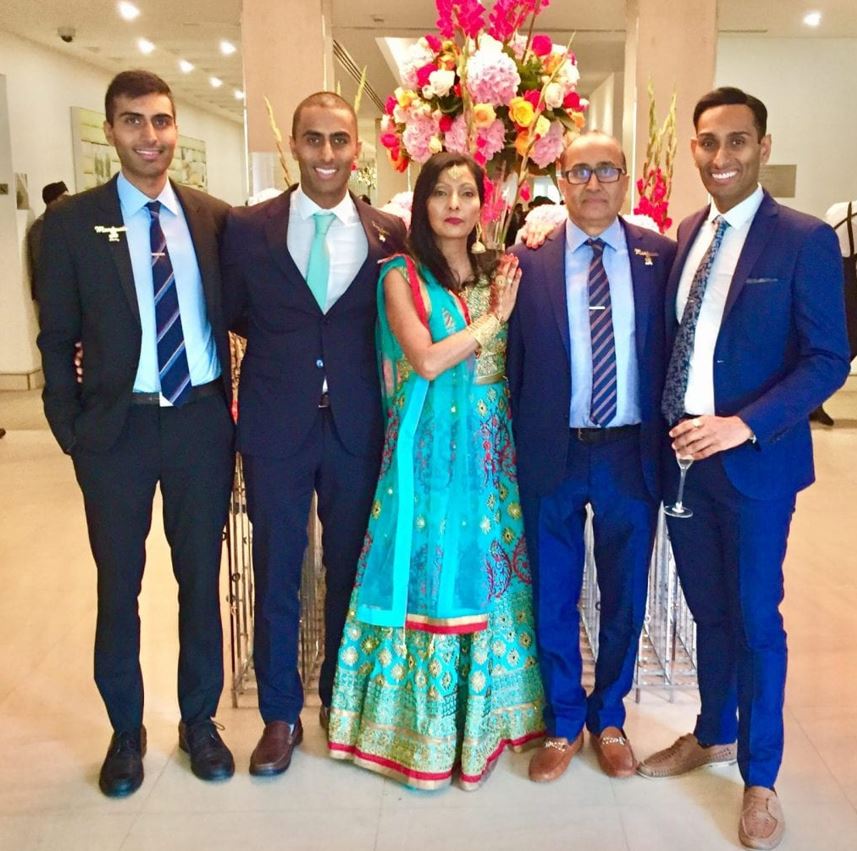
Raj and Bina Sharma with Vikash, Vanit and Sumit
Over the past three decades, the couple has experienced immense joy in witnessing their three sons graduate from esteemed universities in the United States. While their eldest son, Vikash, established his physical therapy practice in New York, their other two sons Vanit and Sumit have turned entrepreneurs after working in the UK and Australia respectively. Commemorating their family’s entrepreneurial legacy, Van and Sumit launched Rupee Beer to showcase the magnificence of Indian culture to a global audience. It has evolved into a prominent brew in many US states.
Then and Now
“Maine is still not as diverse as other US states like California and New York, but more immigrants have arrived over the years.” In the 1990s, access to South Asian ingredients in Maine was difficult, requiring Raj to travel to Boston at least once a month.
With very few Indian families in the area, it was a very close-knit small community where they would all get together for their kids’ birthdays and celebrations like Holi and Diwali. In due course, the Indian Association of Maine got formed which is still running and holding events across the year. “When the boys were small Bina used to be very involved with all the activities of the association as we wanted them to make friends with other Indians who are to date their friends,” says Raj.
Journey ahead
Raj and Bina express their gratitude for the warmth and support they have received from their patrons over the past three decades. As the couple reflects on their journey, they emphasize the importance of unity in both good and challenging times, in sickness and in health. They believe that life is not merely a search for something elusive, but rather the collective effort of making the most out of it together.
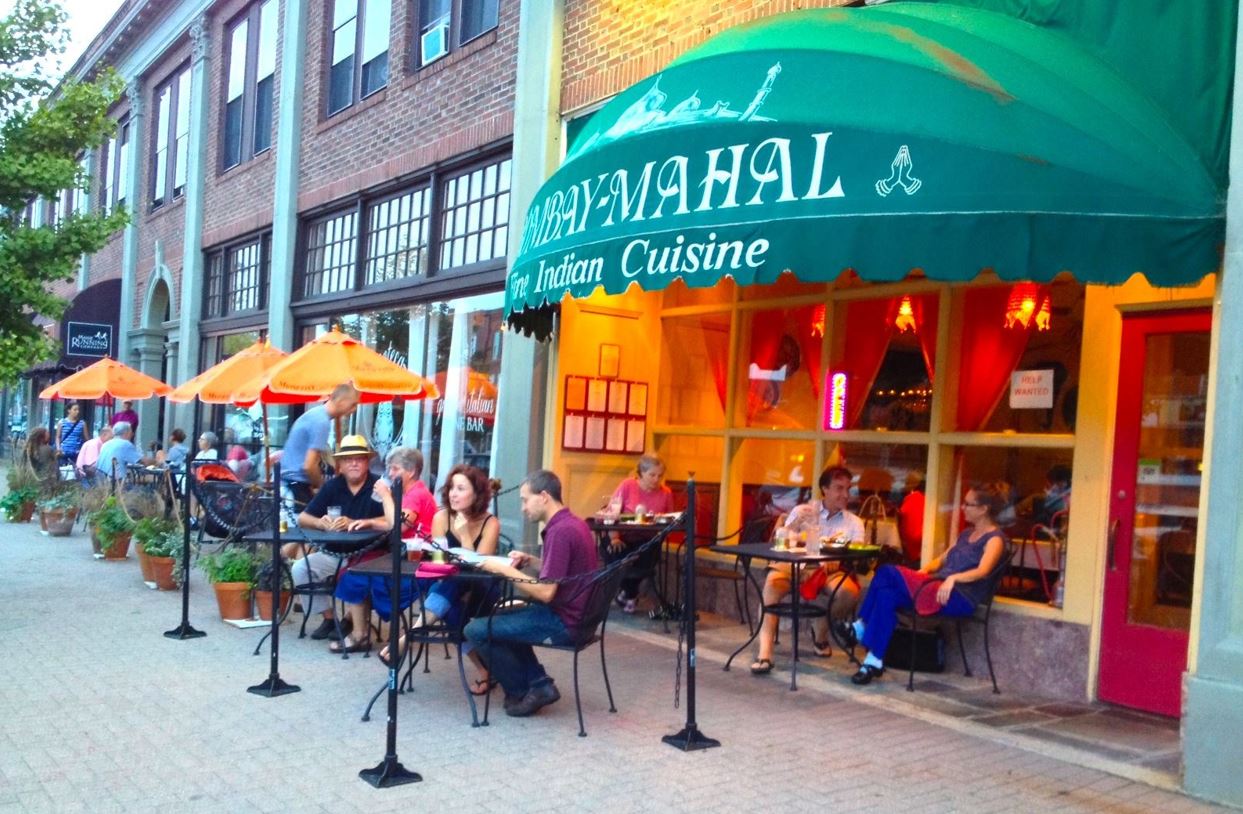
Bombay Mahal
Talking about their life ahead they say, “We want to take Bombay Mahal into its next 30 years of serving Maine and our loyal customers. We are planning to also have a presence in Europe, India, and Florida in the coming years.”


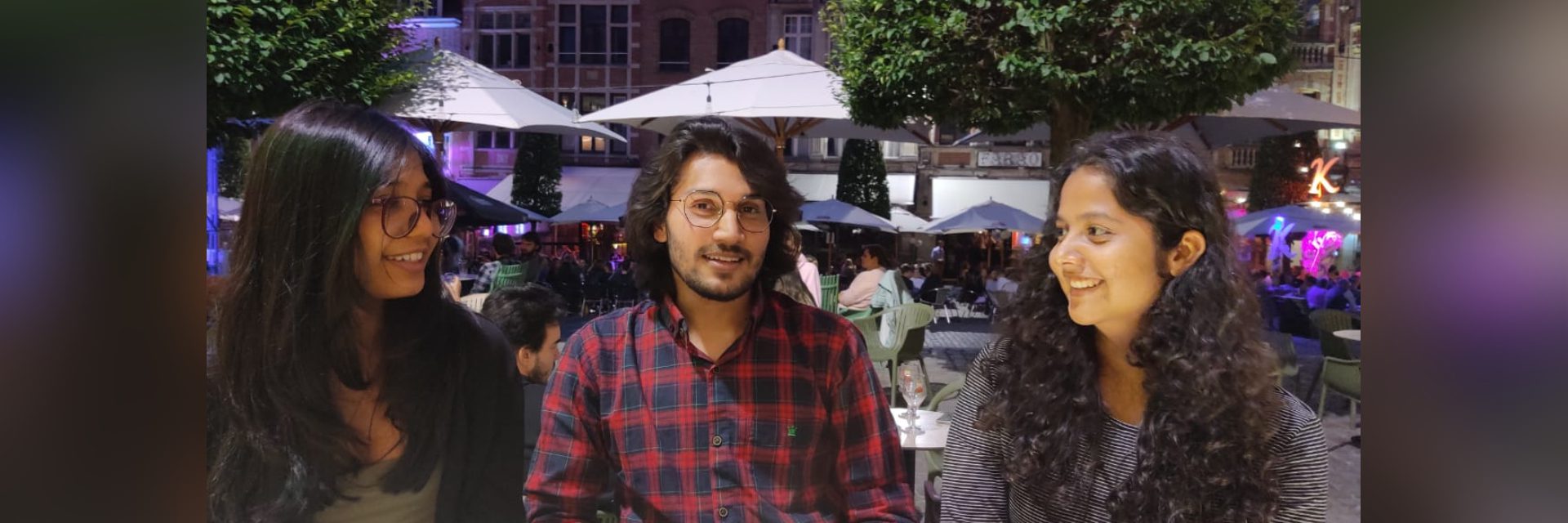
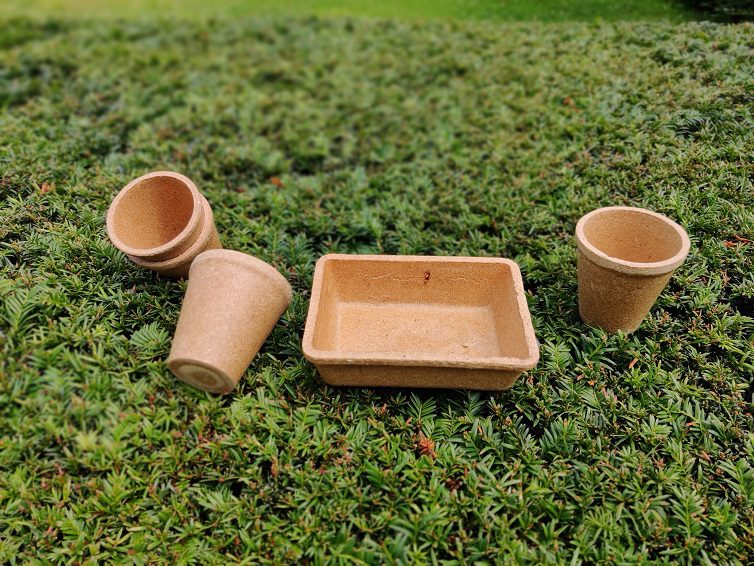 The edible cutlery developed by the Anusuya, Apoorva and Varun[/caption]
The edible cutlery developed by the Anusuya, Apoorva and Varun[/caption]
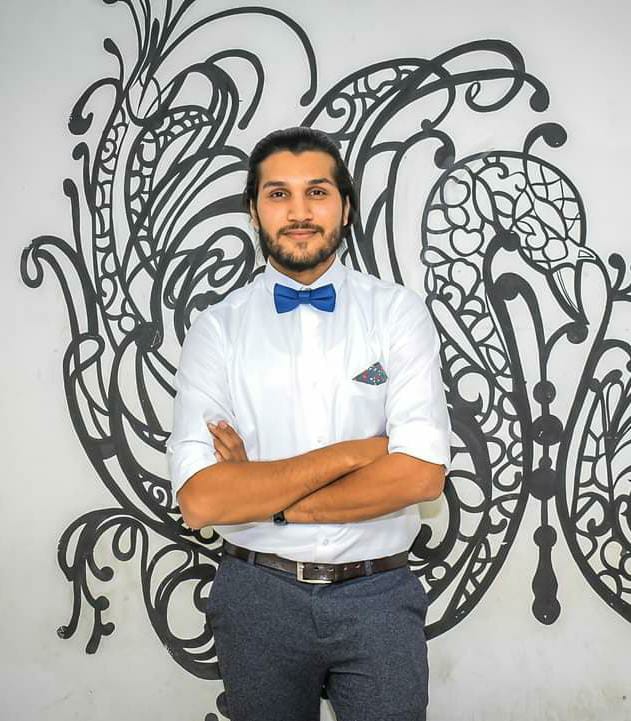 Varun Singh | KICK Challenge Student Award Winner[/caption]
Varun Singh | KICK Challenge Student Award Winner[/caption] Anusuya Samantaray | KICK Challenge Student Award Winner[/caption]
Anusuya Samantaray | KICK Challenge Student Award Winner[/caption]
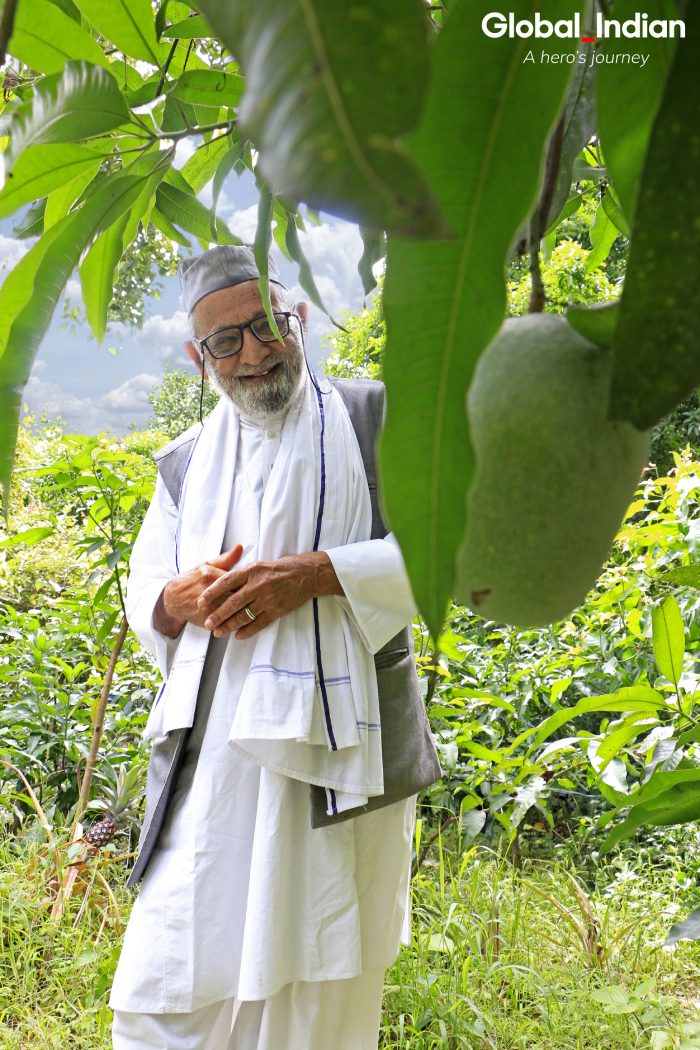 Kaleem Ullah Khan at his mango orchard in Malihabad. (Photo: Kinshuk Mehta for Global Indian)[/caption]
Kaleem Ullah Khan at his mango orchard in Malihabad. (Photo: Kinshuk Mehta for Global Indian)[/caption]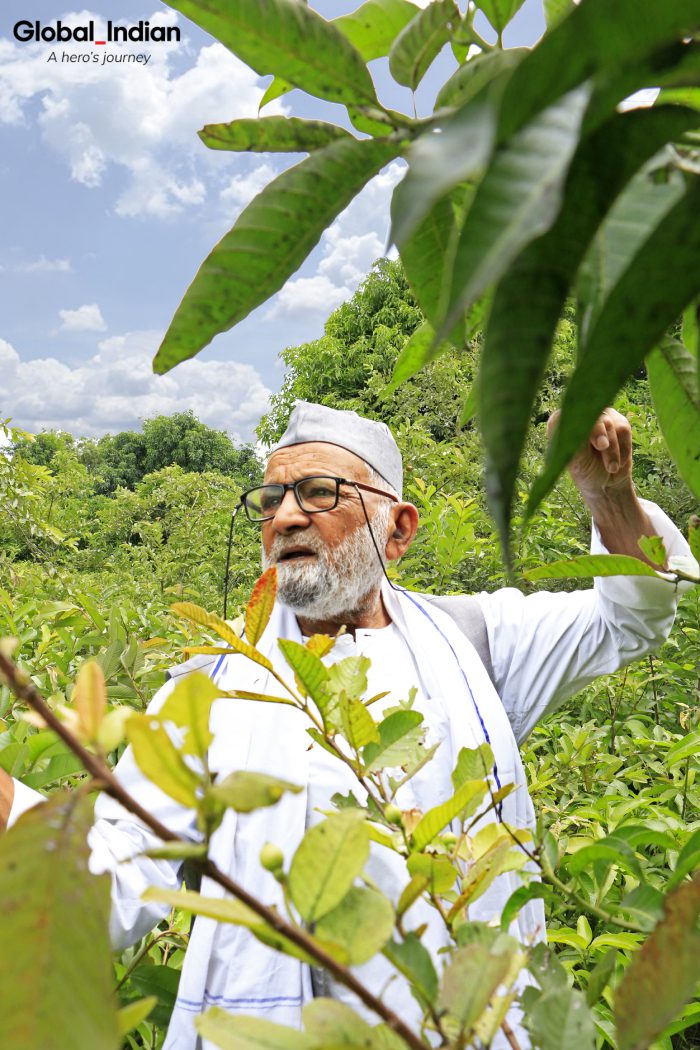 Kaleem Ullah Khan grows 300 varieties of mangoes. (Photo: Kinshuk Mehta for Global Indian)[/caption]
Kaleem Ullah Khan grows 300 varieties of mangoes. (Photo: Kinshuk Mehta for Global Indian)[/caption]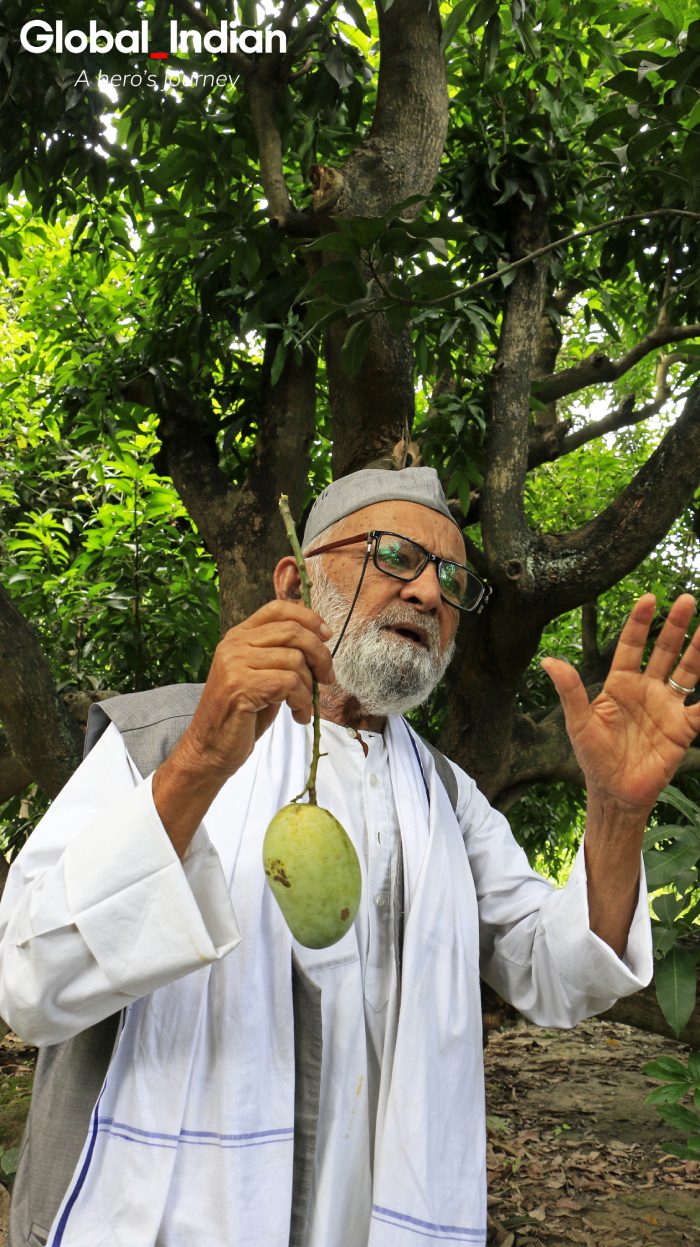 Kaleem Ullah Khan in front of his favourite 120-year-old tree. (Photo: Kinshuk Mehta for Global Indian)[/caption]
Kaleem Ullah Khan in front of his favourite 120-year-old tree. (Photo: Kinshuk Mehta for Global Indian)[/caption]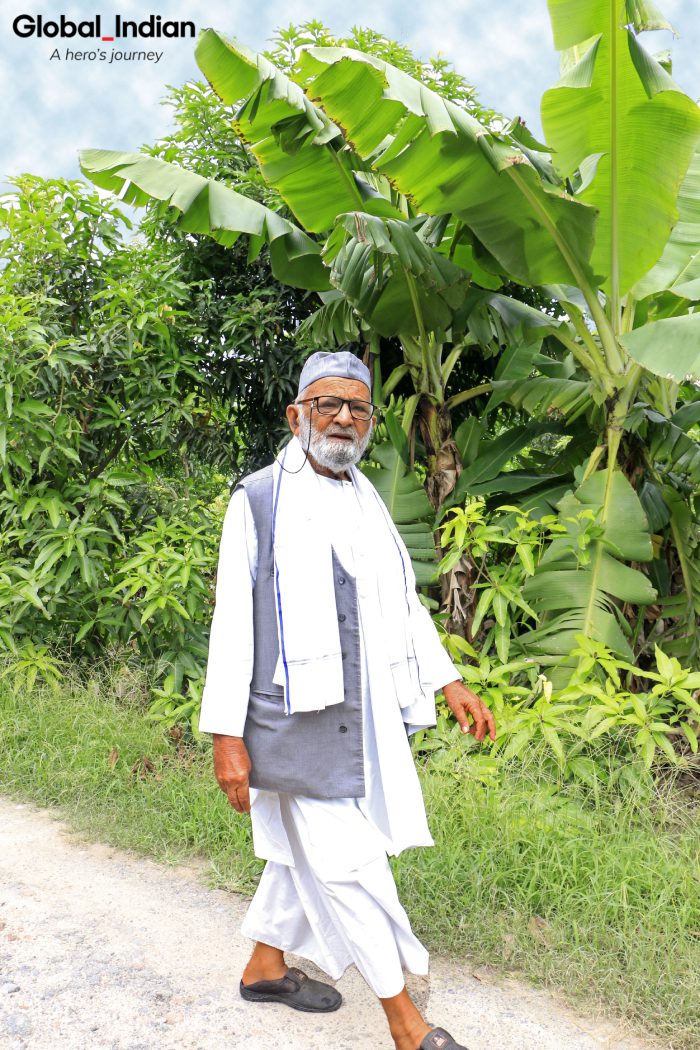 Padma Shri Kaleem Ullah Khan has put Malihabad on the global map. (Photo: Kinshuk Mehta for Global Indian)[/caption]
Padma Shri Kaleem Ullah Khan has put Malihabad on the global map. (Photo: Kinshuk Mehta for Global Indian)[/caption]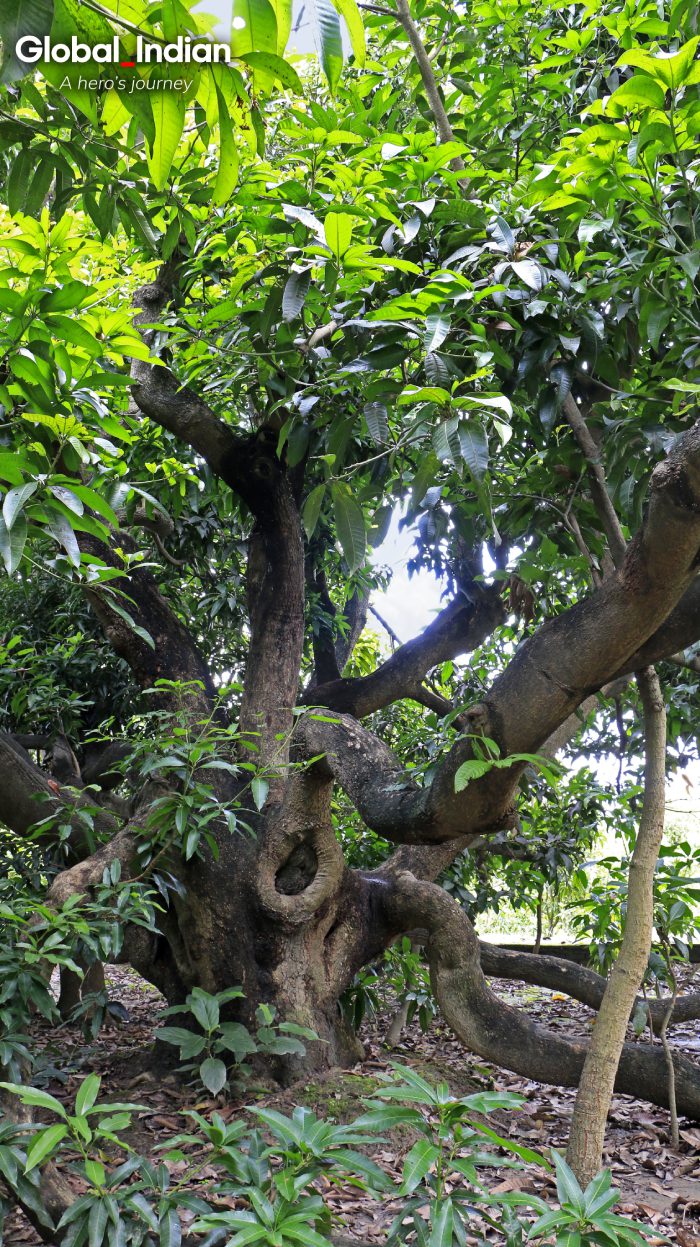 The 120-year-old tree that bears 300 varieties of mango. (Photo: Kinshuk Mehta for Global Indian)[/caption]
The 120-year-old tree that bears 300 varieties of mango. (Photo: Kinshuk Mehta for Global Indian)[/caption]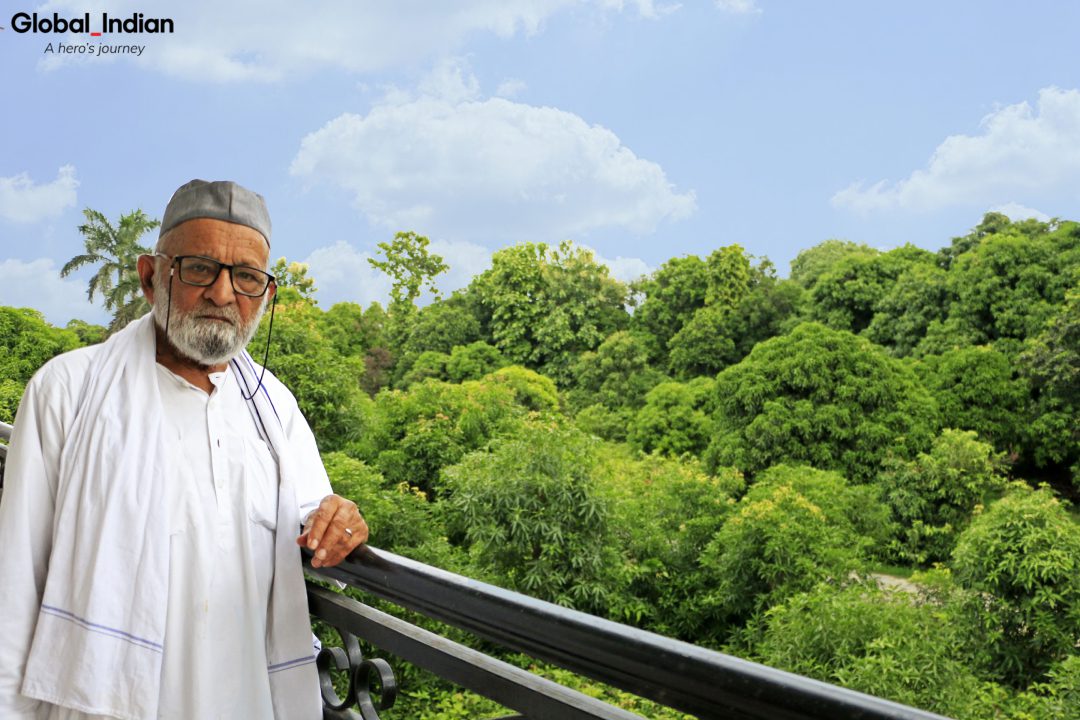 Kaleem Ullah Khan overlooking his orchard. (Photo: Global Indian)[/caption]
Kaleem Ullah Khan overlooking his orchard. (Photo: Global Indian)[/caption]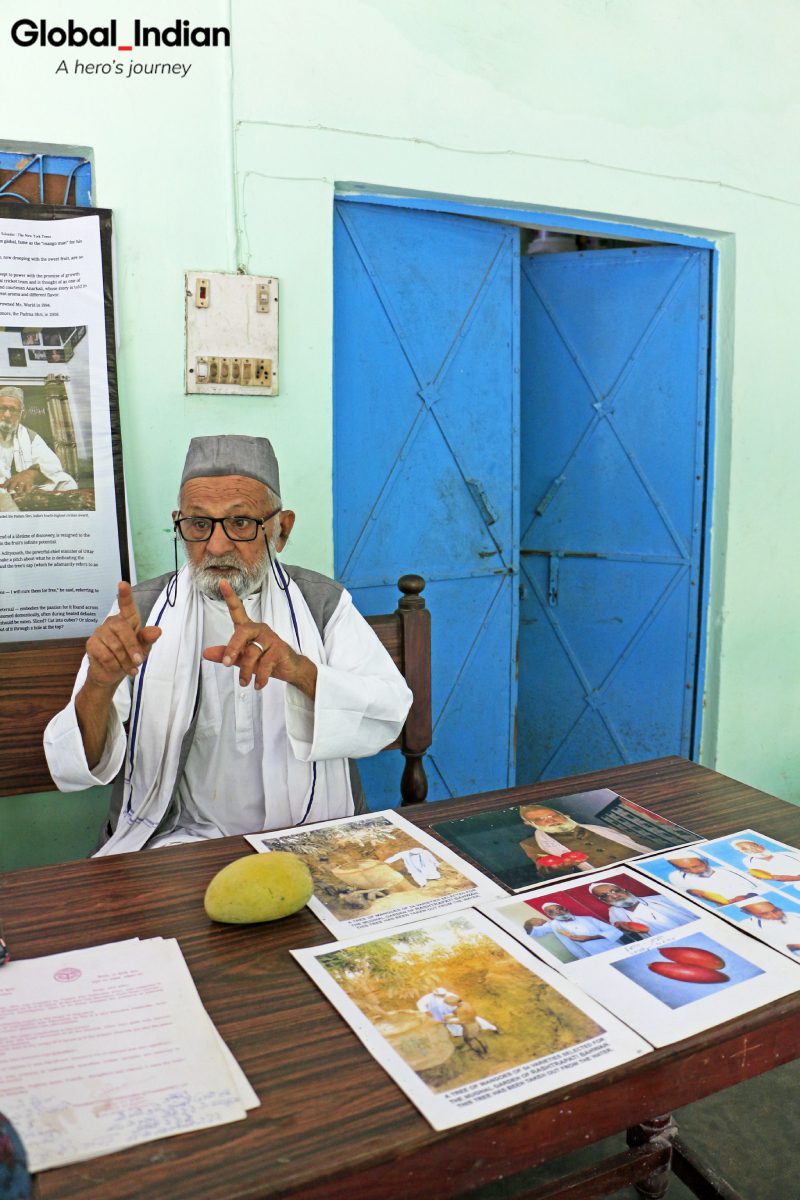 The Mango Man (Photo: Kinshuk Mehta for Global Indian)[/caption]
The Mango Man (Photo: Kinshuk Mehta for Global Indian)[/caption]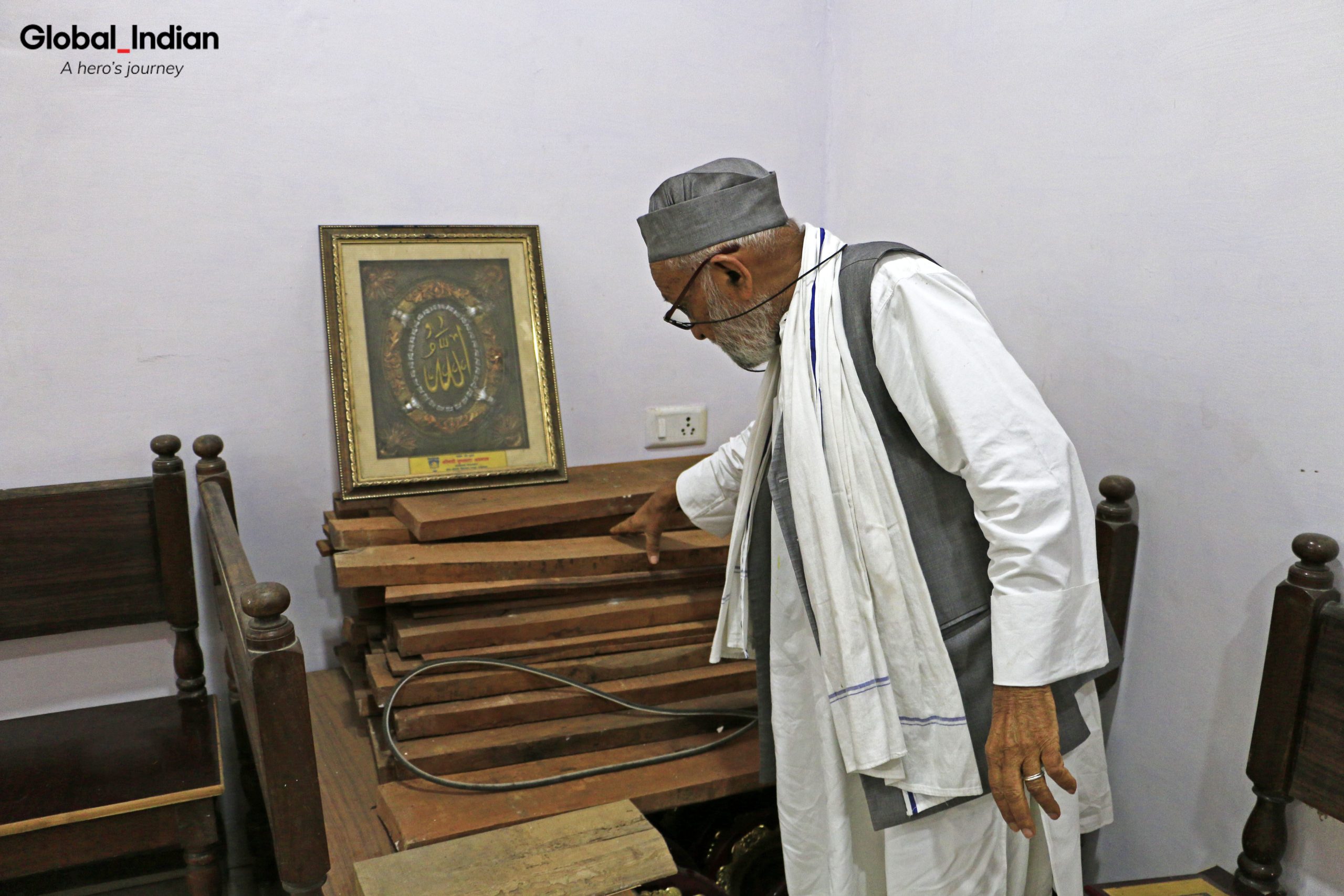 Kaleem Ullah Khan with a stack of mango tree wood. (Photo: Kinshuk Mehta for Global Indian)[/caption]
Kaleem Ullah Khan with a stack of mango tree wood. (Photo: Kinshuk Mehta for Global Indian)[/caption]
 'Quiet Light' in Vermont. Photo: Tanmay Sapkal[/caption]
'Quiet Light' in Vermont. Photo: Tanmay Sapkal[/caption] Tanmay Sapkal[/caption]
Tanmay Sapkal[/caption] From the trip to Aspen, Colorado. Courtesy:
From the trip to Aspen, Colorado. Courtesy: 

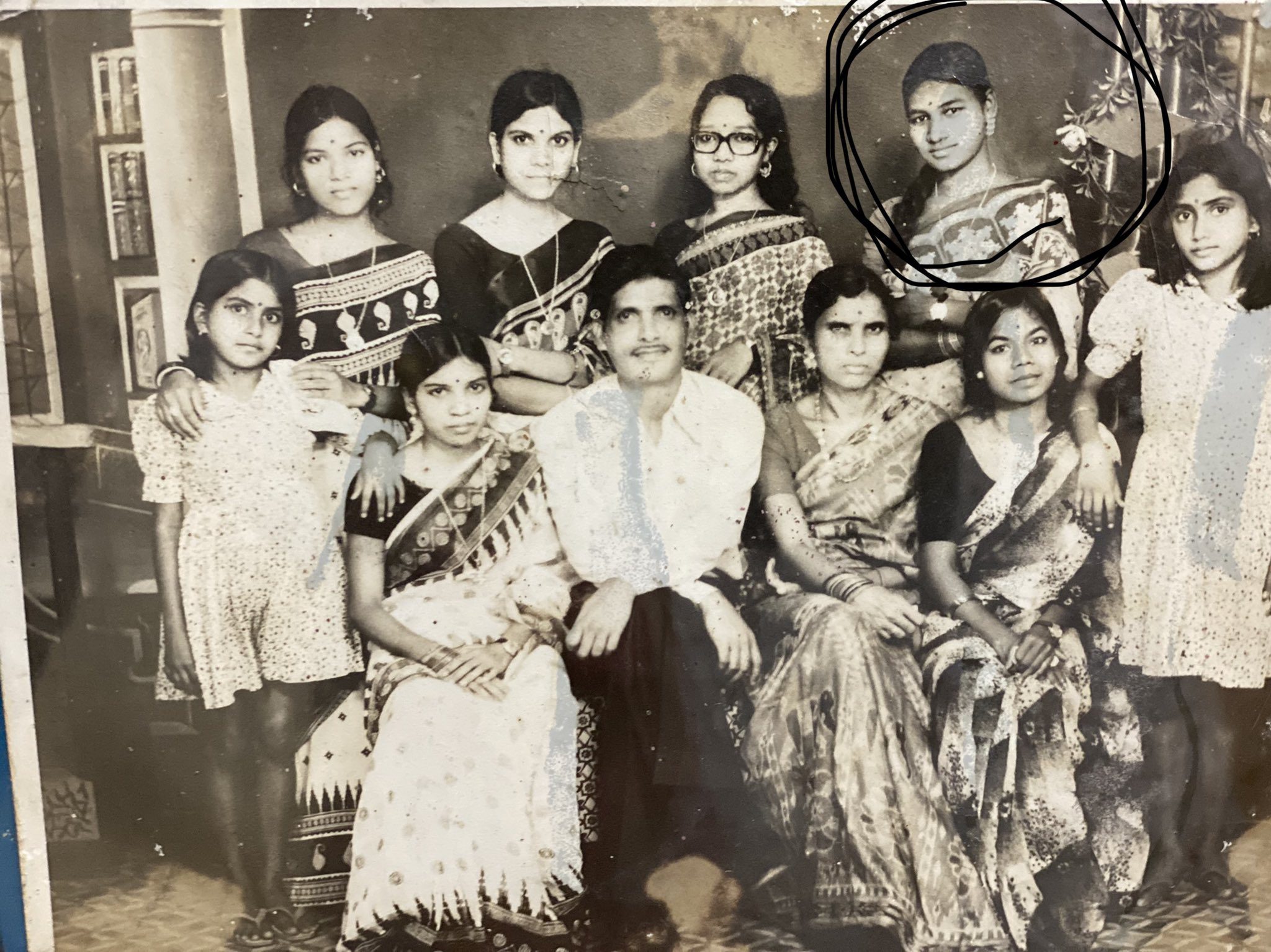 An old image of Tudu family. Droupadi Murmu can be seen standing second from right.[/caption]
An old image of Tudu family. Droupadi Murmu can be seen standing second from right.[/caption]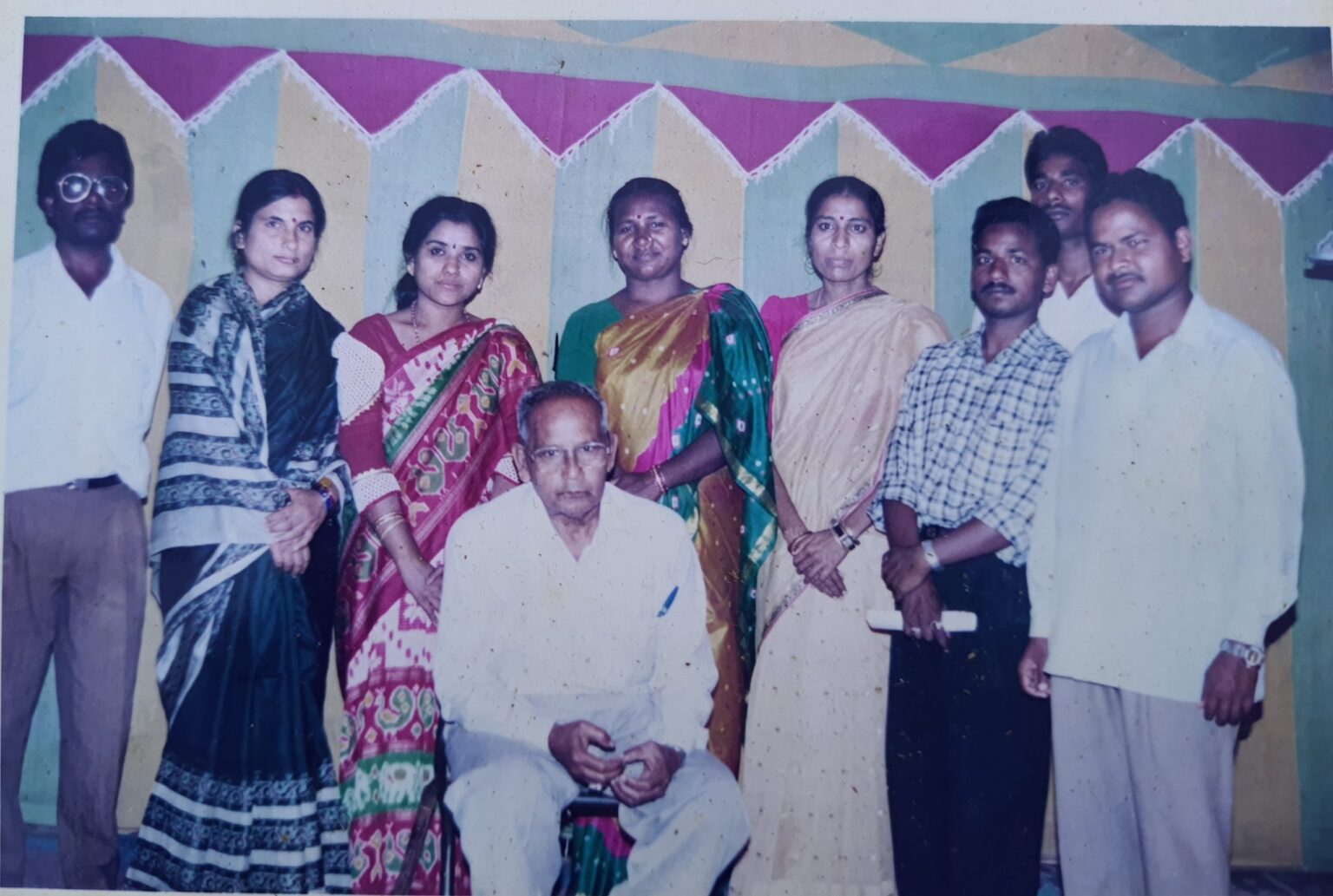 An old staff photograph of Integral School, Rairangpur. Droupadi Murmu is standing fourth from left[/caption]
An old staff photograph of Integral School, Rairangpur. Droupadi Murmu is standing fourth from left[/caption]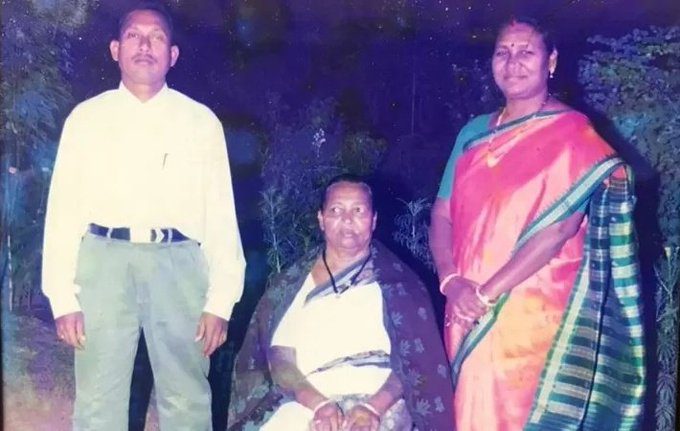 Murmu family[/caption]
Murmu family[/caption]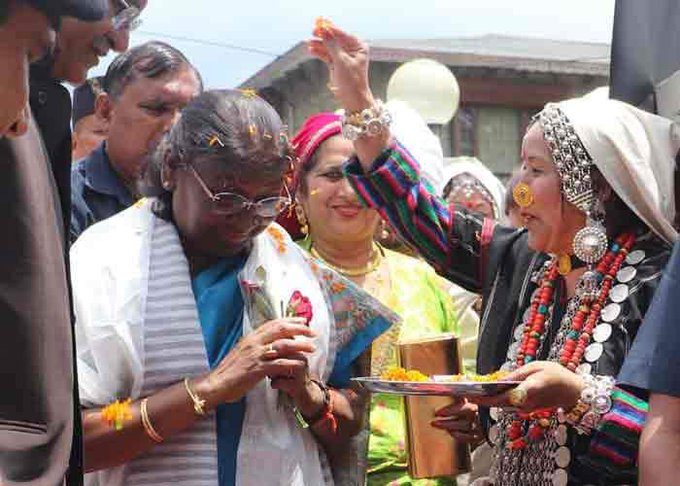 Droupadi Murmu during her presidential campaign[/caption]
Droupadi Murmu during her presidential campaign[/caption]
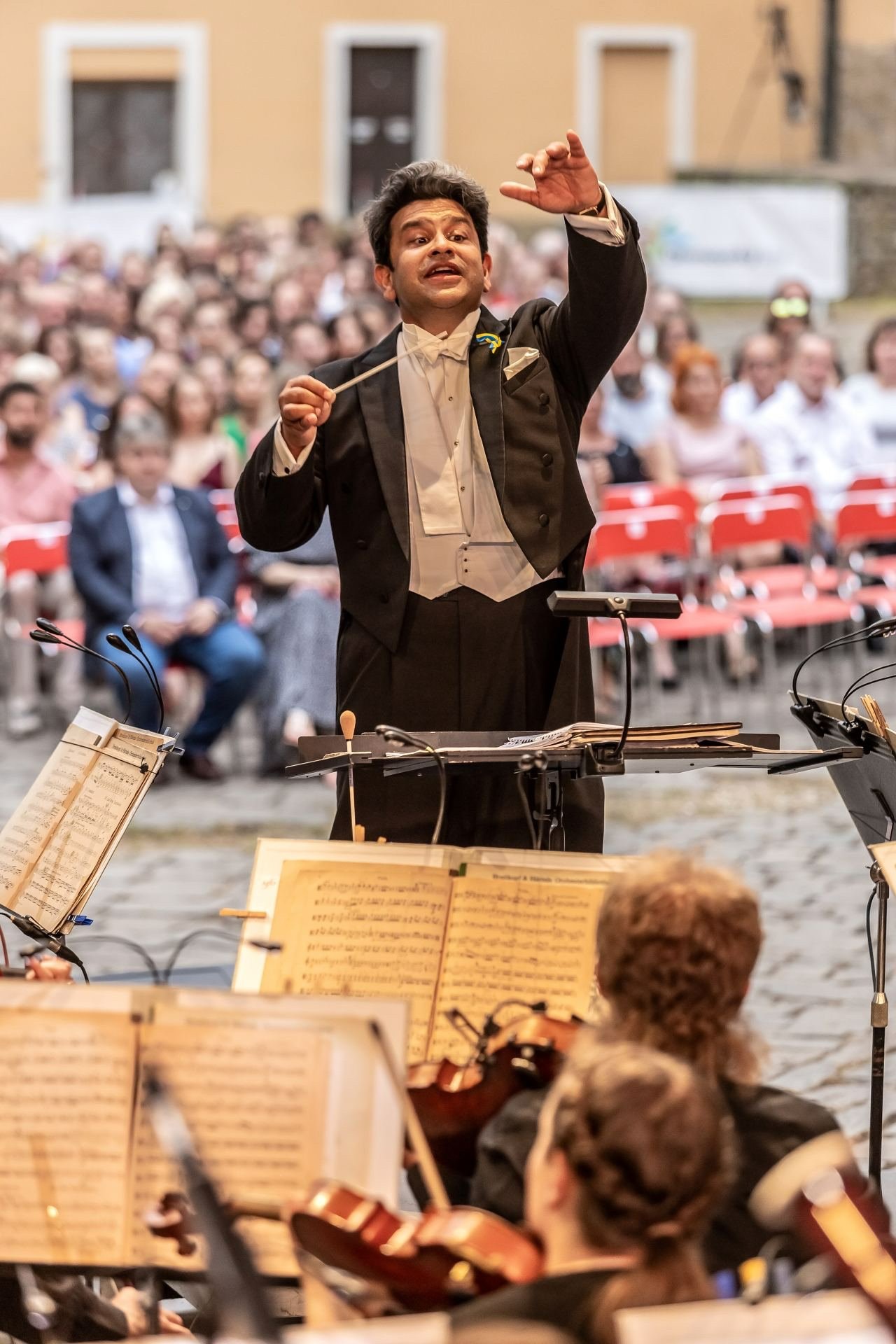
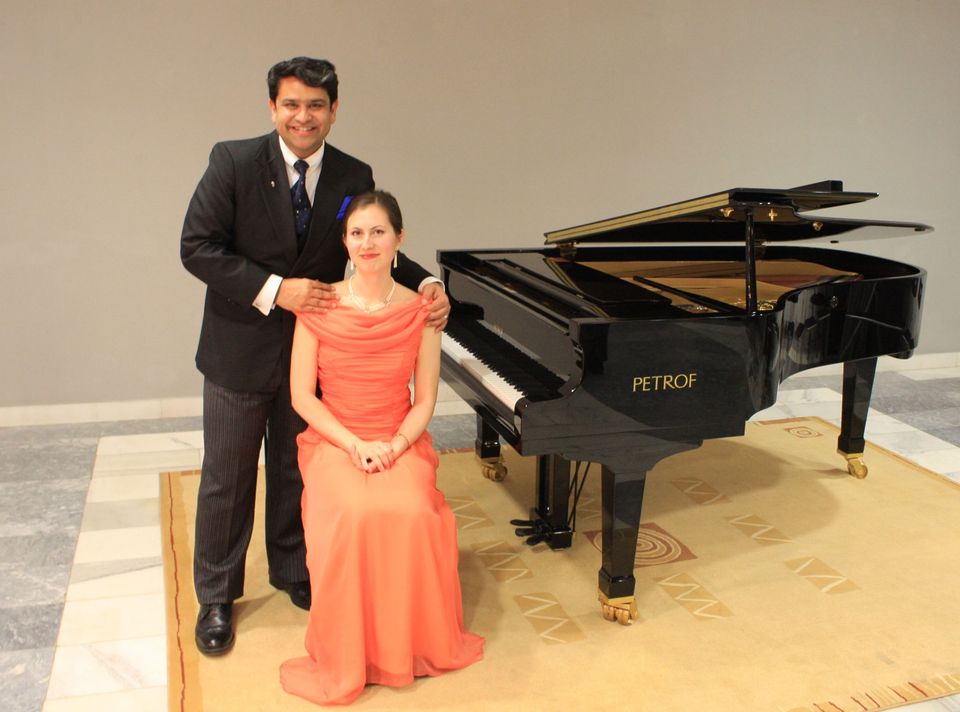 Debashish and Jana Chaudhuri[/caption]
Debashish and Jana Chaudhuri[/caption]